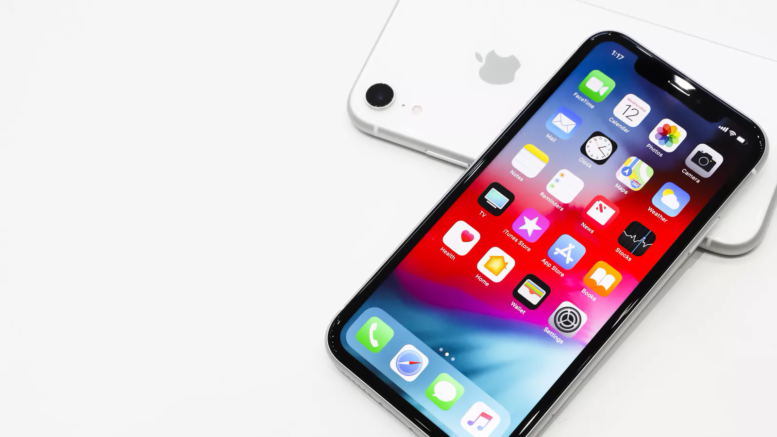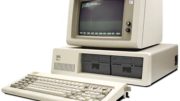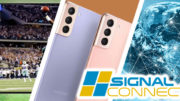BYOD. It’s possible that the first time you read about it was in this 2012 article. BYOD was all the rage back then. It’s funny that the world has changed quite a bit since then, and BYOD now means almost the exact opposite as what it did eight years ago.
The evolution of BYOD
A decade ago, the average person was just beginning to get devices with email and apps. At the same time, they were also starting to get internet fast enough for them to work from anywhere. This opened up a whole new world of possibilities, but also a whole new world of problems.
BYOD means, “bring your own device.” It means that a business network can open itself up to allow access from all sorts of devices, including those owned and operated by individuals. People a decade ago wanted email on their phones. Then, they wanted access to corporate resources. Then, as more and more things moved the cloud, they wanted access to… everything.
For IT managers caught unprepared, it was quite frankly a nightmare. Opening up systems meant more malware, more problems of all kinds, and more support for more devices. IT professionals who were used to controlling every aspect of the user experience were the hardest hit. Those who couldn’t evolve to the needs of their company’s users were marginalized. If they couldn’t evolve, they left the business.
BYOD then vs. BYOD now
In 2012, the real emphasis was on letting people use their own devices to connect to company resources. This meant good VPN connections and open email servers. The goal was that people could be literally anywhere and still have some degree of productivity.
Eventually, BYOD became part of a general movement toward cloud services. Internet speeds multiplied by a factor of about 30 in the last decade, and that made it possible to do a lot of stuff in the cloud that was impossible back then. Cloud services made it easier for IT departments to support BYOD and in general made things easier.
The definition of BYOD didn’t change much until this year. This year, well, you hardly need me to tell you that everything is different this year. This year, BYOD evolved. It took a right turn. Instead of people using a phone to connect to the office, the office came home. For most of the year, no one’s really gone anywhere. And BYOD has grown to encompass the printers, monitors, and other devices that people have in their homes.
The challenge of BYOD in 2020 and beyond
The biggest challenge for IT professionals isn’t the user’s phone anymore. It’s that the home is now a mix of company-supplied and user-supplied equipment. The home-based worker has to deal with others on the same network. Those others might not be as responsible when it comes to avoiding malware. The other problem of course is that in some cases it’s become difficult or impossible for support personnel to actually touch the devices they’re supporting. Remote access software has gotten very good, but sometimes there’s no substitute for seeing what the user is seeing.
Folks I’ve done a lot of support and sometimes you just have to know what the user is actually doing. I’ve had cases where I’ve used FaceTime to have someone point a phone at what the user’s doing with their hands. It helps a lot. In fact, the whole irony of BYOD is that the phone stopped being the problem.
Now, the phone is the solution. If you can’t figure out what the real problem is by remoting into a user’s computer, you get on a Zoom with them or a FaceTime or Skype or whatever and you watch them actually do it. If they say the printer isn’t working, you have them point the phone at the printer’s control panel.
Seeing really is believing, and in the case of BYOD in 2020, it’s also the best way to make things work for everyone.





